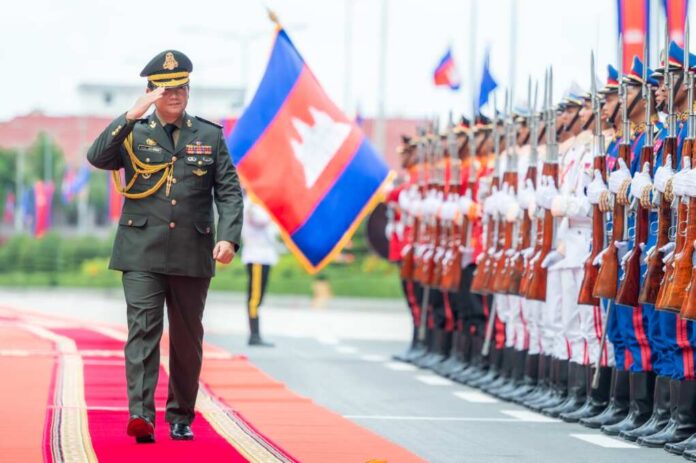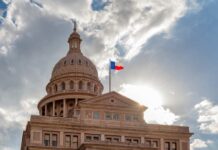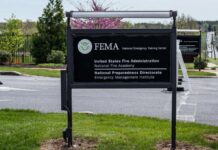
Cambodia’s Prime Minister Hun Manet has called for peace following a deadly border clash with Thai troops, urging calm as historical tensions flare again.
At a Glance
- One Cambodian soldier was killed in a firefight with Thai troops at Hill 496
- The incident marks the latest in a series of territorial disputes near Preah Vihear
- Cambodian and Thai officials gave conflicting accounts of who initiated the clash
- Both nations’ leaders are pushing for de-escalation through diplomatic channels
- Military commanders from both countries are scheduled to meet to prevent further conflict
Recent Border Clash Escalates Tensions
A 10-minute shootout erupted between Thai and Cambodian soldiers at the contentious Hill 496 border area between Preah Vihear and Ubon Ratchathani provinces. Cambodia’s Ministry of National Defence confirmed one soldier was killed, while Thailand reported no casualties. The conflict began amid accusations that Cambodian troops burned a Thai-built gazebo, which Cambodian officials deny, instead blaming Thai forces for opening fire on a Cambodian outpost.
Thailand’s Defense Ministry countered that Cambodian troops had fired first and previously dug a trench to assert control. The opposing narratives underscore the volatility of the still-disputed border.
Leaders Engage in De-escalation Efforts
In the immediate aftermath, Thai Prime Minister Paetongtarn Shinawatra contacted her Cambodian counterpart to reduce tensions. “I have talked to Prime Minister Hun Manet. [The incident] was minor. We have understanding and will ease the tension and will prevent the reoccurrence,” she told local media.
Speaking from Japan, Hun Manet emphasized his command over military operations remained intact, stating, “Even though I am in Japan … the command system and hierarchy for major military operations such as troop movements remain under my full responsibility as prime minister” (Al Jazeera).
He urged Cambodians to avoid “panic over unverified material being circulated” and voiced optimism for a peaceful resolution during the upcoming meeting between Thai and Cambodian military commanders.
Historical Fault Lines and Forward Steps
This is not the first deadly dispute along the border. The region saw major clashes in 2008 and 2011, particularly near the Preah Vihear temple—a UNESCO World Heritage Site awarded to Cambodia by the International Court of Justice in 2013. Former Cambodian Prime Minister Hun Sen, now Senate president, condemned the incident, calling it a dangerous echo of past aggression. “I strongly condemn any individual, entity, or authority that made the decision to carry out such an act of aggression,” he said.
Despite past legal rulings, several areas along the Cambodian-Thai border remain contested, including the Ta Moan Thom shrine. Continued incomplete boundary demarcation has fueled these tensions, with both sides fortifying claims through symbolic and military actions.
The upcoming military dialogue offers a crucial opportunity to reaffirm communication lines and avoid further bloodshed. As both nations pivot toward diplomacy, the goal is clear: ensure that another deadly misunderstanding doesn’t plunge Southeast Asia’s fragile peace into renewed conflict.




















